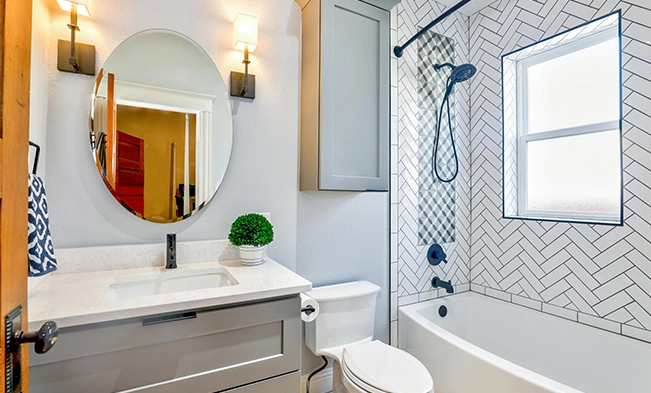
In today's evolving world of technology, laser machines have emerged as a game-changer in various industries. One such sector where laser machines have made a significant impact is the bathroom industry. The precision, efficiency, and versatility offered by laser machines have revolutionized the way bathroom products are manufactured and customized.
The introduction of laser machine in the bathroom industry has paved the way for unparalleled precision and creativity in product design. Laser cutting and engraving techniques allow manufacturers to achieve intricate patterns, designs, and textures on a wide range of materials such as glass, ceramic, acrylic, and even marble.
Bathroom fixture manufacturers can now offer unique and customized designs that were previously unimaginable. Laser machines enable precise cutting and shaping of materials, resulting in seamless edges and flawless finishes. The ability to create intricate designs on mirrors, shower enclosures, tiles, and faucets has elevated the aesthetic appeal of bathroom spaces to a whole new level.
In the production and processing of sanitary ware products, drilling glass is a common processing technology, which is commonly used in various types of industrial base materials, display panels, civil glass, decoration, sanitary ware, photovoltaics, and display covers in the electronics industry.However, glass has high brittleness, high hardness, poor heat dissipation, large thermal expansion coefficient, and large edge chipping, which have become important problems that plague glass drilling technology.
The nanosecond infrared drilling machine emerged as the times require, and has aroused unanimous praise in the industry as soon as it was introduced to the market. Laser glass processing has the following characteristics:
1. Fast speed, high precision, good stability, non-contact processing, and the yield rate is much higher than traditional processing technology;
2. The minimum diameter of the glass drilling hole is 0.2mm, and any specifications such as square holes, round holes, and step holes can be processed;
3. Using the galvanometer drilling processing method, using a single pulse to act point by point on the base material, the laser focus is installed on a predetermined designed path to quickly scan and move on the glass to achieve the removal of the glass material;
4. Processing from bottom to top, the laser passes through the material and focuses on the lower surface of the material, starting from the bottom and removing the material layer by layer upward. During the processing process, the material will not taper, and the upper and lower hole diameters are consistent, achieving high-precision and efficient "digital" glass drilling.



